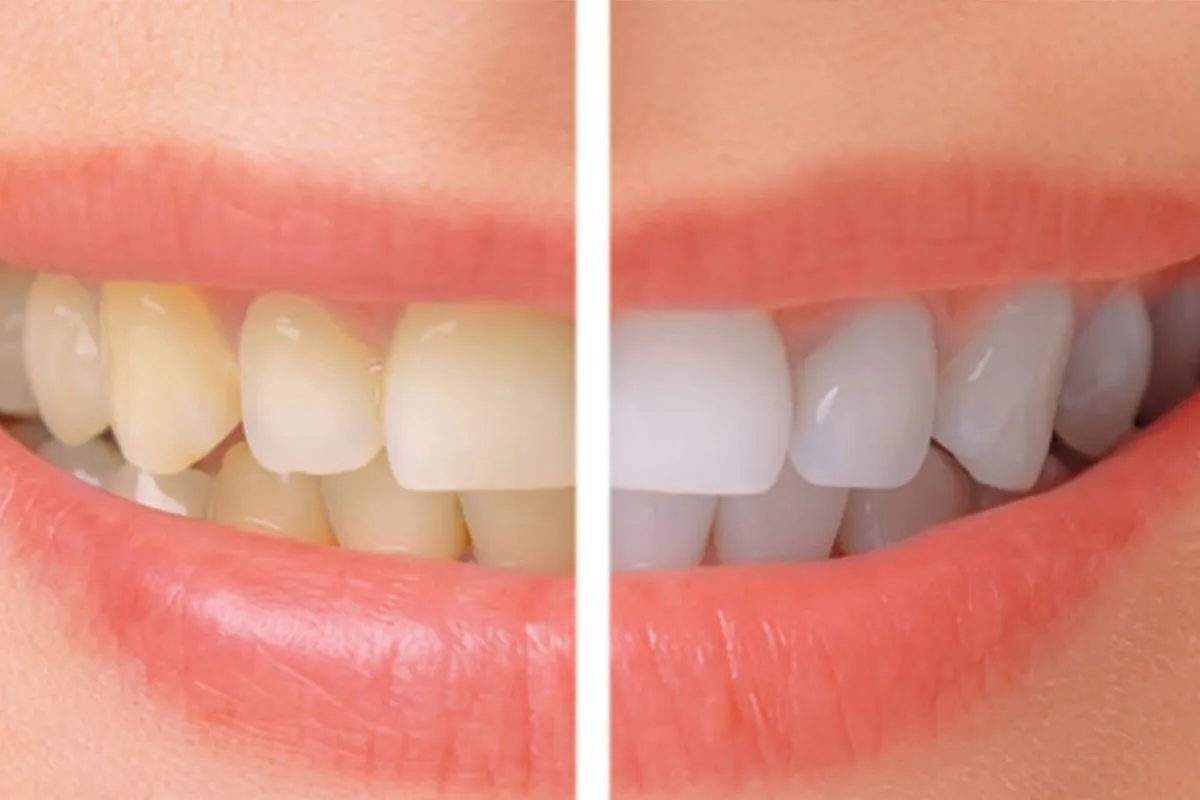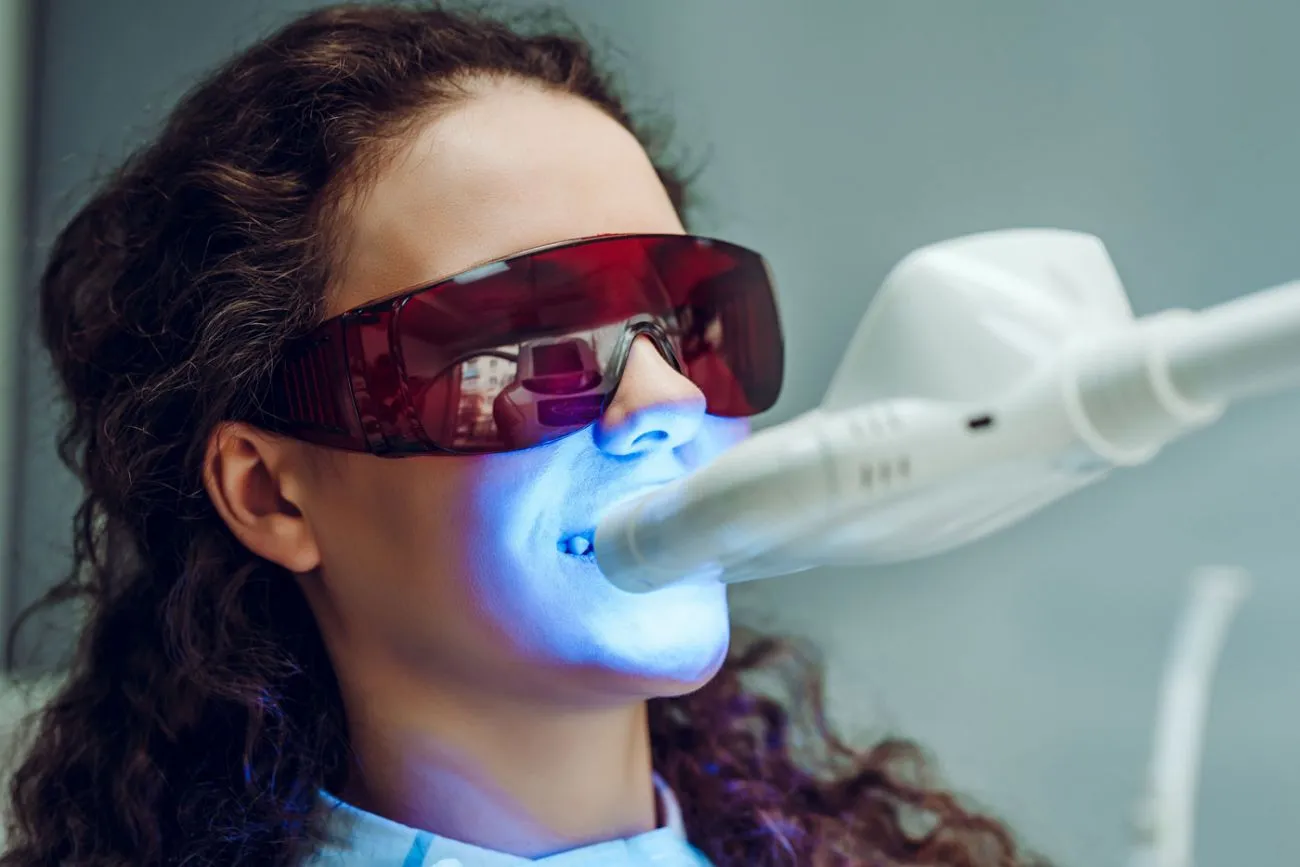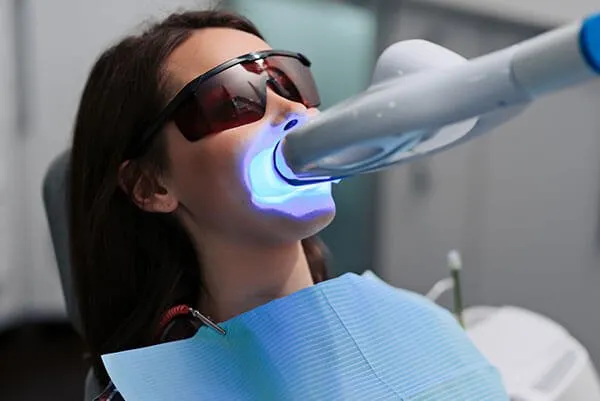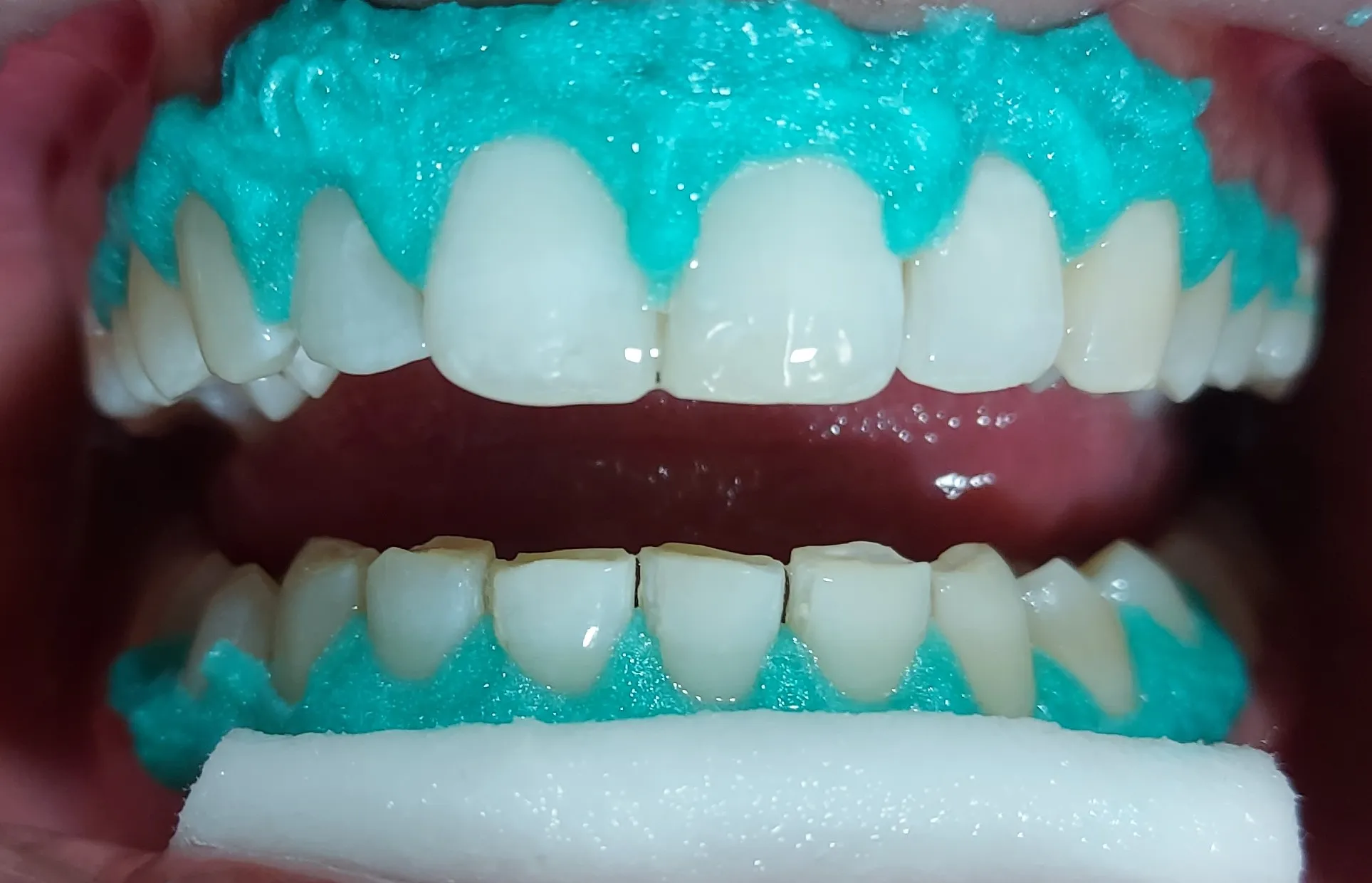The Challenge of Whitening Translucent Teeth
Whitening translucent teeth presents a unique challenge in the realm of cosmetic dentistry. Unlike surface stains that can be easily addressed with over-the-counter products, translucency often indicates deeper structural issues within the tooth enamel. This condition, characterized by a semi-transparent appearance, can make teeth look discolored or uneven. Effective treatment requires a more comprehensive approach than simply applying a whitening agent. Understanding the causes of translucency and the specific methods available is key to achieving a brighter, healthier smile. This guide unveils the top 5 secrets to successfully addressing and whitening translucent teeth, providing actionable advice and expert insights to help you achieve your desired results.
Understanding Translucent Teeth
Translucent teeth, also known as enamel hypoplasia, occur when the enamel layer of the teeth is thinner than normal or has structural defects. This can cause the underlying dentin to show through, giving the teeth a see-through or grayish appearance. The degree of translucency can vary, ranging from subtle patches to significant areas of transparency. The condition affects the overall aesthetic of the smile and can also make teeth more susceptible to sensitivity and decay. The underlying causes of translucency determine the best course of action, from simple cosmetic treatments to more complex restorative procedures. Recognizing and understanding the characteristics of translucent teeth is the first step in finding the right treatment.
Causes of Translucency in Teeth

Several factors contribute to the development of translucent teeth. Genetic predisposition plays a significant role, with some individuals naturally having thinner or less dense enamel. Environmental factors during tooth development, such as nutritional deficiencies (especially calcium and vitamin D), can also affect enamel formation. Certain medical conditions, like celiac disease, can disrupt enamel development. Excessive fluoride intake during childhood (fluorosis) can also lead to enamel defects and a translucent appearance. Furthermore, trauma to the teeth, which damages the enamel, can cause translucency. It’s crucial to determine the root cause of translucency to devise an appropriate treatment plan that addresses both the cosmetic and underlying health concerns.
The Impact of Translucency on Appearance
Translucency significantly impacts the appearance of teeth, often leading to aesthetic concerns. The translucent areas of the teeth allow light to pass through, making the teeth appear discolored, uneven, or grayish. This can detract from the overall brightness and uniformity of the smile. The aesthetic effect varies depending on the severity of the translucency and the location of the affected areas. In some cases, it may cause self-consciousness and affect a person’s confidence. Addressing the cosmetic aspects of translucent teeth can significantly improve a person’s self-esteem and overall quality of life. The aim is to restore the natural appearance of the teeth, enhancing the smile’s brightness and creating a more aesthetically pleasing outcome.
Top Secret 1 Professional Whitening Treatments
Professional whitening treatments offer a more effective approach for translucent teeth compared to over-the-counter options. Dentists use high-concentration whitening agents and advanced techniques to penetrate the enamel and address discoloration more effectively. These treatments often involve multiple sessions and may be combined with other procedures for optimal results. Professional whitening provides a controlled environment, ensuring the safe and effective use of whitening agents. Regular monitoring by a dental professional helps to minimize potential side effects and adjust the treatment as needed, leading to a brighter, more uniform smile. This secret highlights the importance of professional guidance for achieving desired outcomes with translucent teeth.
In-Office Teeth Whitening

In-office teeth whitening is a popular and highly effective method for addressing translucent teeth. The process typically involves applying a concentrated whitening gel to the teeth and activating it with a special light or laser. The dentist carefully monitors the treatment to minimize any sensitivity and ensure even results. In-office whitening sessions usually last around an hour, providing immediate and noticeable improvements in tooth brightness. This method is particularly effective for those seeking rapid results or who have more severe discoloration. Dentists also offer take-home whitening kits for maintenance, further enhancing and prolonging the whitening effects achieved in the office. This approach provides a comprehensive solution tailored to individual needs.
Benefits of Professional Whitening
Professional teeth whitening offers numerous benefits for individuals with translucent teeth. The treatments are tailored to the individual’s specific needs and the extent of the translucency. Dentists can assess the underlying causes and choose the most appropriate and effective whitening agents. Professional treatments deliver consistent and predictable results, achieving a brighter, more uniform smile. The use of professional-grade products ensures both safety and efficacy, minimizing the risk of damage to the enamel or gum irritation. In addition to cosmetic improvements, regular dental check-ups that often accompany professional whitening treatments allow for early detection of potential dental issues, promoting overall oral health.
Secret 2 Over-the-Counter Whitening Products
Over-the-counter (OTC) whitening products can provide some improvement for mild cases of translucency. However, their effectiveness is limited compared to professional treatments. These products are generally less potent and may not penetrate the enamel as deeply. Careful selection and use of OTC products can still contribute to a brighter smile, especially when combined with good oral hygiene practices. Understanding the limitations and proper usage of these products is essential for managing expectations and avoiding potential issues. It is always recommended to consult with a dentist before using any OTC whitening products to ensure they are safe and appropriate for individual needs. This secret emphasizes the careful and informed use of over-the-counter options.
Whitening Toothpastes

Whitening toothpastes are a readily accessible option for enhancing the appearance of teeth. These toothpastes contain mild abrasives and sometimes chemical agents that help remove surface stains. They can improve the overall brightness of the teeth over time, especially for those with mild discoloration or recent staining. While they may not significantly impact translucency caused by deeper structural issues, they are useful in maintaining a brighter smile. Choosing a whitening toothpaste with fluoride is recommended for added benefits of strengthening the enamel and preventing tooth decay. Always follow the instructions and use the toothpaste in conjunction with a proper brushing technique to avoid any potential damage to the enamel.
Whitening Strips
Whitening strips offer a convenient way to address tooth discoloration. They contain a thin layer of whitening agent that adheres to the teeth, providing a more concentrated treatment than toothpaste. Whitening strips are often used for surface stains, and they can provide visible results after a few applications. It is crucial to use them as directed, avoiding prolonged contact with the gums to prevent irritation. For those with translucent teeth, whitening strips may provide limited results, and it is advisable to discuss their use with a dentist. Following recommended usage and combining with other oral hygiene practices can enhance their effectiveness, leading to a brighter smile.
Secret 3 Dietary Adjustments for a Brighter Smile
Dietary choices play a crucial role in maintaining the appearance and health of teeth. Certain foods and drinks can stain teeth, exacerbating the appearance of translucency. Making conscious dietary adjustments can significantly contribute to a brighter smile and improve the effectiveness of whitening treatments. The focus should be on limiting staining foods and embracing foods that promote oral health. Following dietary guidelines helps to preserve and enhance the results of any whitening treatments undertaken. This secret emphasizes the importance of a balanced diet in promoting both cosmetic and overall dental health.
Foods to Avoid

Certain foods and drinks are notorious for staining teeth, and should be limited to reduce the appearance of translucency. These include coffee, tea, red wine, and dark-colored sodas. Highly pigmented foods, such as berries (blueberries, blackberries) and sauces (soy sauce, balsamic vinegar), can also contribute to staining. Avoiding or minimizing the consumption of these items can prevent further discoloration and protect the results of any whitening efforts. Rinsing the mouth with water after consuming staining foods and drinks can help minimize their impact. By making smart food choices, individuals can play an active role in maintaining a bright, healthy smile and improving the efficacy of any chosen treatments.
Foods to Embrace
Embracing foods that promote oral health can play a key role in managing the appearance of translucent teeth. Crunchy fruits and vegetables, such as apples, carrots, and celery, can help scrub away surface stains and stimulate saliva production. Saliva acts as a natural cleanser, washing away food particles and neutralizing acids that can damage enamel. Dairy products, such as milk, yogurt, and cheese, are rich in calcium, which strengthens tooth enamel. Drinking plenty of water helps keep the mouth clean and hydrated, supporting overall oral health. Incorporating these foods into the daily diet can help maintain a brighter smile and support overall dental hygiene efforts, improving the appearance of translucent teeth.
Secret 4 Good Oral Hygiene Practices
Consistent and effective oral hygiene practices are essential for maintaining a bright, healthy smile, especially when dealing with translucent teeth. Proper brushing, flossing, and the use of mouthwash help remove plaque and food particles, which can contribute to further discoloration. Following a well-structured oral hygiene routine can significantly improve the appearance of teeth and enhance the effectiveness of any whitening treatments. These practices form the foundation of good dental health, contributing to the overall outcome of whitening translucent teeth. This secret highlights the importance of these daily habits for a brighter smile.
Brushing Techniques

Proper brushing is the cornerstone of effective oral hygiene. Brushing twice a day for two minutes each time is recommended, using a soft-bristled toothbrush and fluoride toothpaste. Gently brushing all surfaces of the teeth, including the front, back, and chewing surfaces, removes plaque and food particles. Using a circular or back-and-forth motion along the gum line helps to prevent gingivitis and keeps gums healthy. Replacing the toothbrush every three months, or sooner if the bristles become frayed, maintains its effectiveness. A good brushing technique contributes significantly to a cleaner and brighter smile, especially when combined with other practices, improving the appearance of translucent teeth.
Flossing Regularly
Flossing daily is a vital part of a comprehensive oral hygiene routine, removing food particles and plaque from between the teeth and along the gum line, areas that a toothbrush cannot reach. Flossing helps prevent gum disease and tooth decay, which can affect the appearance and health of the teeth. Using about 18 inches of floss, gently guide it between each tooth, using a sawing motion to avoid damaging the gums. Curve the floss around each tooth in a C-shape, ensuring that the sides and backs of the teeth are cleaned. Regular flossing, combined with brushing, can significantly improve overall oral health and contribute to a brighter, more aesthetically pleasing smile, which is essential for treating translucent teeth.
Secret 5 The Role of Regular Dental Check-ups
Regular dental check-ups are indispensable for maintaining good oral health and addressing issues like translucent teeth. Professional cleanings and examinations can identify and address problems early on, preventing further complications. A dentist can assess the cause of translucency and recommend appropriate treatments. Regular check-ups ensure that any whitening treatments are safe and effective, and monitor the progress. Professional intervention helps to maintain the overall health of teeth and gums. This secret underscores the significance of consistent dental care for achieving and preserving a brighter, healthier smile and managing the specific concerns of translucent teeth.
Importance of Professional Cleanings

Professional cleanings are a key component of regular dental check-ups, removing plaque and tartar that cannot be removed by brushing and flossing alone. Dentists use specialized tools to thoroughly clean teeth, reducing the risk of tooth decay and gum disease. Professional cleanings can also remove surface stains, enhancing the appearance of teeth. These cleanings can help maintain the results of whitening treatments, contributing to a brighter smile. During these appointments, dentists can detect early signs of translucency-related issues and recommend appropriate treatments. A regular professional cleaning schedule ensures that the teeth and gums remain healthy. It also addresses specific challenges associated with translucent teeth, promoting long-term oral health and a more pleasing smile.
Addressing Underlying Issues
Addressing the underlying causes of translucent teeth is essential for effective and lasting results. Dentists can identify factors such as enamel hypoplasia, nutritional deficiencies, or other medical conditions, which may contribute to translucency. Depending on the diagnosis, treatments may include fluoride treatments to strengthen the enamel, or restorative procedures such as dental bonding or veneers, to improve the appearance and strength of the teeth. Addressing the core issue is crucial for long-term management, preventing further damage, and maintaining the aesthetic outcome. Regular dental check-ups allow for a comprehensive approach, combining cosmetic treatments with interventions designed to protect oral health, ultimately leading to a brighter and healthier smile.
